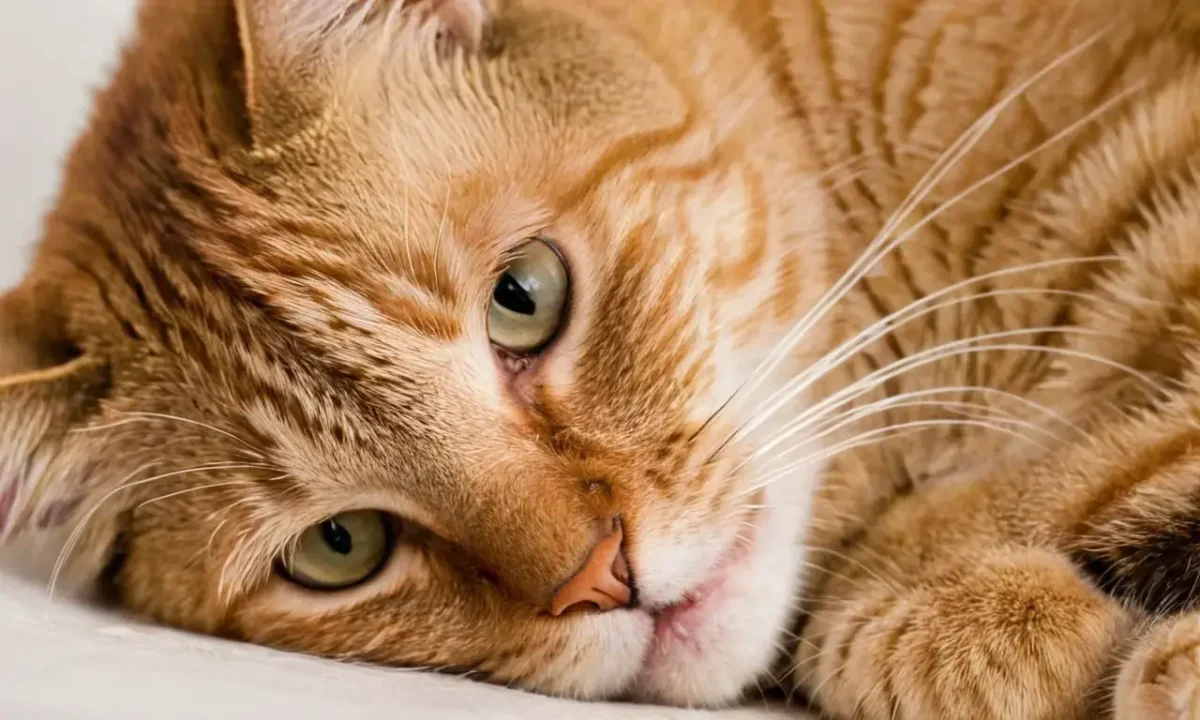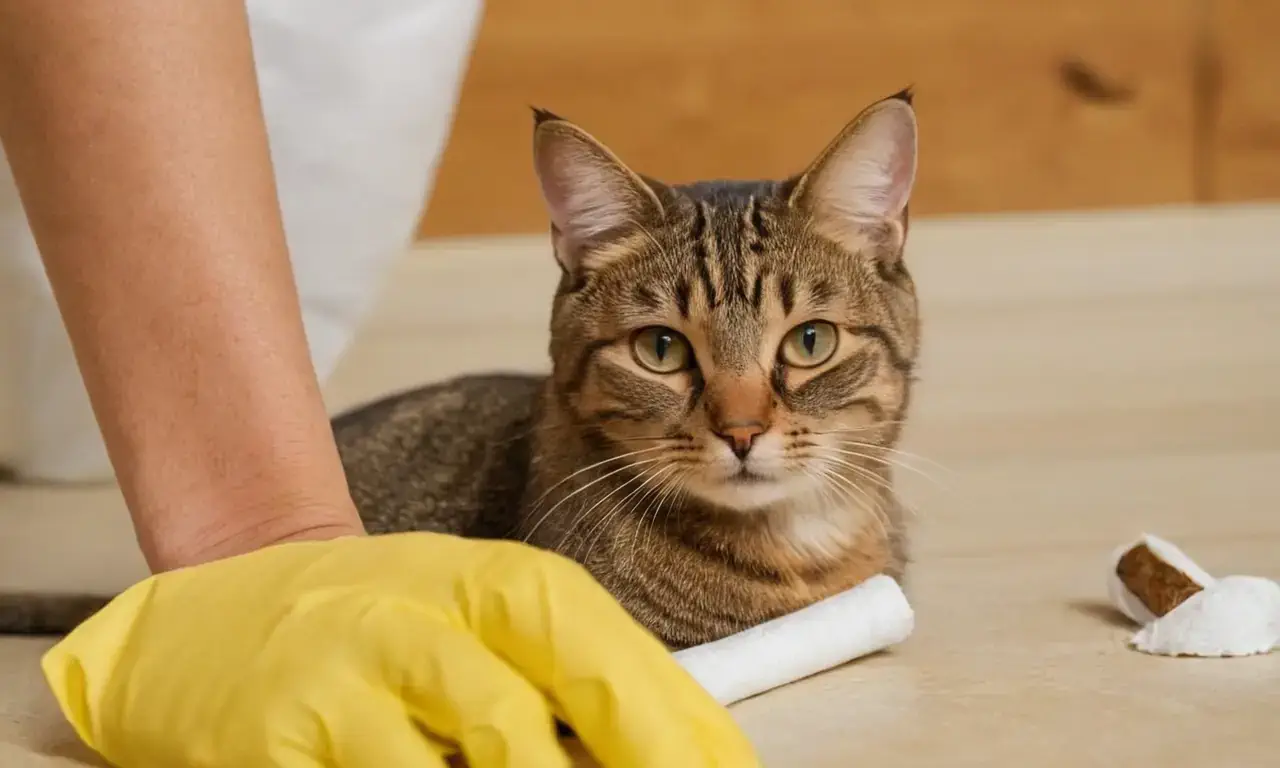
Caring for Cat Wounds: Scratches, Scrapes & Infections

Cats are known for their agility and playfulness, but these traits can sometimes lead to injuries. How to treat a scratch on a cat is a common concern many pet owners face, especially when they notice their feline friend has sustained a wound. Whether it's a minor scrape or a more serious bite, understanding the proper care and treatment for cat wounds is crucial to ensure your pet recovers quickly and without complications.
This article aims to provide an in-depth guide on cat has scratch on face, including various types of wounds, their causes, symptoms, and most importantly, how to treat them effectively. We will explore the different scenarios you might encounter when dealing with a wounded cat, from minor abrasions to more severe bite wounds that may lead to infections.
What are cat wounds?
Cat wounds can range from superficial scratches and scrapes to deeper lacerations and puncture wounds caused by bites or sharp objects. These injuries can occur due to various reasons such as fights with other cats, accidents involving glass or metal, or even self-inflicted wounds during grooming. Understanding the nature of these wounds is essential for providing appropriate care.
Cats are meticulous about their cleanliness, which often leads them to lick and clean their wounds. While this behavior may seem beneficial, it can also introduce bacteria into the wound, increasing the risk of infection. Therefore, prompt attention and proper treatment are vital in preventing complications.
Types of cat wounds
There are several types of wounds that cats can suffer from, each requiring different levels of care. My cat got scratched by another cat is a common scenario where the injury might be minor or severe depending on the intensity of the fight. Minor scratches may only require cleaning and monitoring for signs of infection, while more serious injuries could necessitate veterinary attention.
Bite wounds are particularly concerning as they can easily become infected due to the bacteria present in the saliva of other cats. These wounds often appear as puncture marks with surrounding swelling or redness. In some cases, a cat may bite itself during a fight, leading to self-inflicted wounds that require careful observation and treatment.
Scratches and scrapes
Scratches and scrapes are among the most common types of cat wounds. They can occur when cats play rough or engage in fights with other animals. These injuries often appear as superficial cuts on the skin but may bleed slightly if they are deep enough. Cat scratched face is a scenario that requires immediate attention to prevent infection.
When treating scratches and scrapes, it's essential to clean them thoroughly with soap and water. This helps remove dirt and bacteria from the wound, reducing the risk of infection. Applying an antibiotic ointment can also aid in healing by preventing bacterial growth. However, if the scratch is deep or shows signs of bleeding that won't stop after a few minutes of direct pressure, it's best to consult with a veterinarian for further guidance.
Bite wounds

Bite wounds are among the most serious types of cat injuries and require immediate attention. These wounds can become infected quickly due to the bacteria present in the saliva of other cats. If you notice swelling, pus, or sensitivity around a wound, seek veterinary attention immediately. Cat scratched herself is not uncommon, especially if she has been fighting with another animal.
When treating bite wounds, it's crucial to clean them thoroughly and apply antibiotic ointment to prevent infection. However, in some cases, the wound may need stitches or other medical interventions depending on its severity. If you're unsure about how to treat a bite wound, consulting with a veterinarian is always the best course of action.
Infections
Infections are a significant concern when it comes to cat wounds. Bacteria can easily enter the wound through scratches and bites, leading to complications such as abscesses or cellulitis. How to treat cat scratches often involves monitoring for signs of infection, which may include redness, swelling, increased pain, or discharge from the wound.
If you notice any of these symptoms, it's essential to seek veterinary attention promptly. Your veterinarian can assess the wound and provide appropriate treatment, including antibiotics if necessary. In some cases, surgical intervention might be required to drain abscesses or remove infected tissue.
Signs of infection
Recognizing signs of infection is crucial in treating cat wounds effectively. How to treat a cat scratch involves not only cleaning the wound but also monitoring for any signs of infection. These can include redness around the wound, swelling that increases over time, discharge from the wound, or an increase in pain.
If you observe any of these symptoms, it's best to consult with your veterinarian as soon as possible. They will assess the situation and provide guidance on the appropriate treatment, which may involve antibiotics or other interventions.
Treating minor abrasions
Minor abrasions are common cat wounds that can be treated at home with basic first aid. Cat has scratch on face is a scenario where you might need to clean the wound thoroughly with soap and water. After cleaning, apply an antibiotic ointment to prevent infection. If the wound is small and doesn't bleed excessively, it's likely to heal quickly without further complications.
However, if the abrasion is deep or shows signs of bleeding that won't stop after a few minutes of direct pressure, seek veterinary attention for further guidance. Your veterinarian can provide advice on how to manage the wound effectively and prevent infection.
Dealing with bleeding wounds
Bleeding wounds require immediate attention. If your cat has sustained a cut that is actively bleeding, apply gentle but firm pressure using a clean cloth or gauze for several minutes until the bleeding stops. Elevating the affected area above heart level can also help reduce blood flow to the wound.
Once the bleeding has stopped, clean the wound with soap and water, then apply an antibiotic ointment to prevent infection. If the bleeding persists despite your efforts, it's best to seek veterinary attention as soon as possible. Your veterinarian will be able to provide further guidance on managing the wound effectively.
Monitoring for complications
After treating a cat wound, it's essential to monitor your pet closely for any signs of complications. Keep an eye out for redness, swelling, increased pain, or discharge from the wound. If you notice any of these symptoms, seek veterinary attention promptly.
Regularly inspecting the wound and surrounding area can help identify potential issues early on. Your veterinarian may also recommend follow-up appointments to ensure the wound is healing properly and to address any concerns that arise during the recovery process.
Preventing infections
Preventing infections is a crucial aspect of caring for cat wounds. How to treat scratch on cat involves not only treating the wound but also taking steps to prevent infection. This includes keeping the wound clean, applying antibiotic ointment regularly, and monitoring for signs of infection.
Additionally, maintaining your cat's overall health through regular vaccinations and parasite control can help reduce the risk of infections. If you're unsure about how to care for a specific wound or if it becomes infected despite your best efforts, consult with your veterinarian for personalized advice.
When to seek veterinary attention
Knowing when to seek veterinary attention is crucial in treating cat wounds effectively. If you notice any signs of infection, such as redness, swelling, increased pain, or discharge from the wound, seek help immediately. Additionally, if the wound doesn't seem to be healing after a few days or shows signs of bleeding that won't stop, consult with your veterinarian.
Your veterinarian can assess the situation and provide guidance on the best course of action for treating the wound. They may recommend antibiotics, stitches, or other interventions depending on the severity of the injury.
Conclusion
Caring for cat wounds requires attention to detail and a thorough understanding of how to treat different types of injuries. From minor abrasions to more serious bite wounds, knowing when to seek veterinary attention is crucial in preventing complications and ensuring your pet's recovery. By monitoring for signs of infection, keeping wounds clean, and seeking help when necessary, you can provide the best possible care for your cat.
Remember, if you're unsure about how to treat a specific wound or notice any signs of infection, consult with your veterinarian as soon as possible. They will be able to guide you through the process and ensure that your pet receives the best care available.
Leave a Reply

Related Links